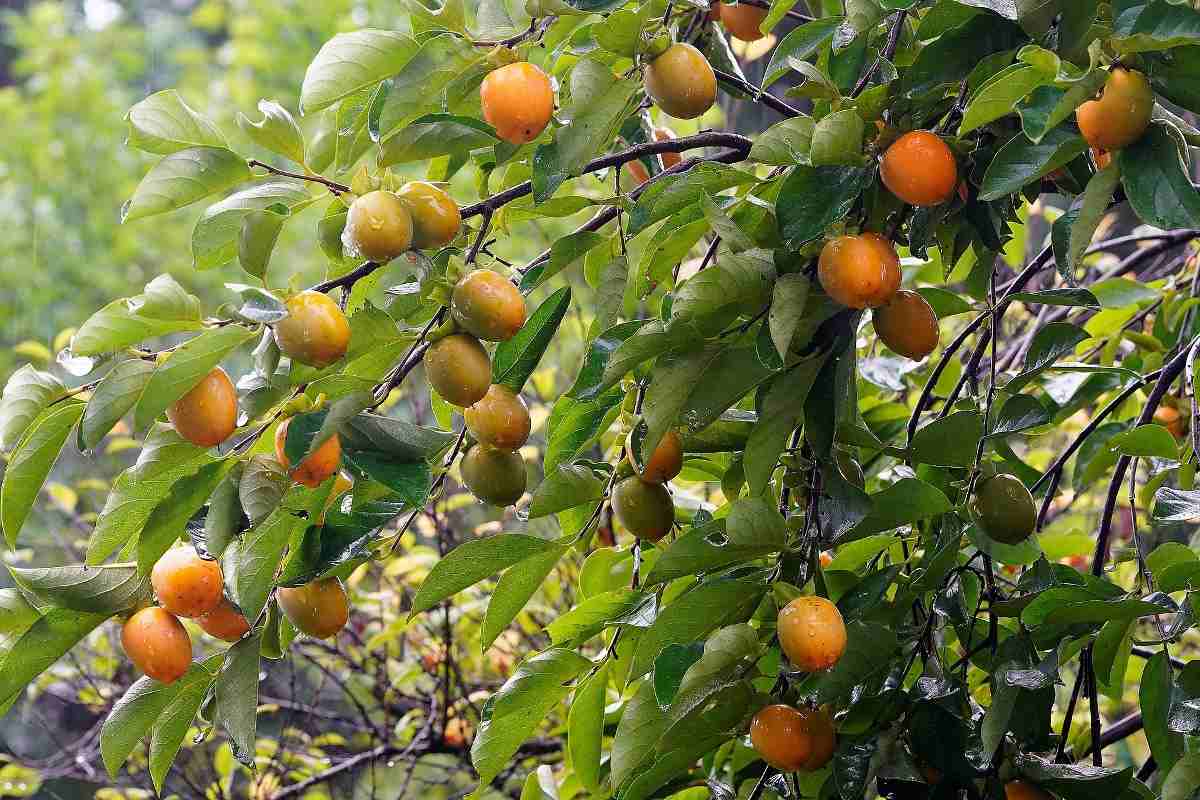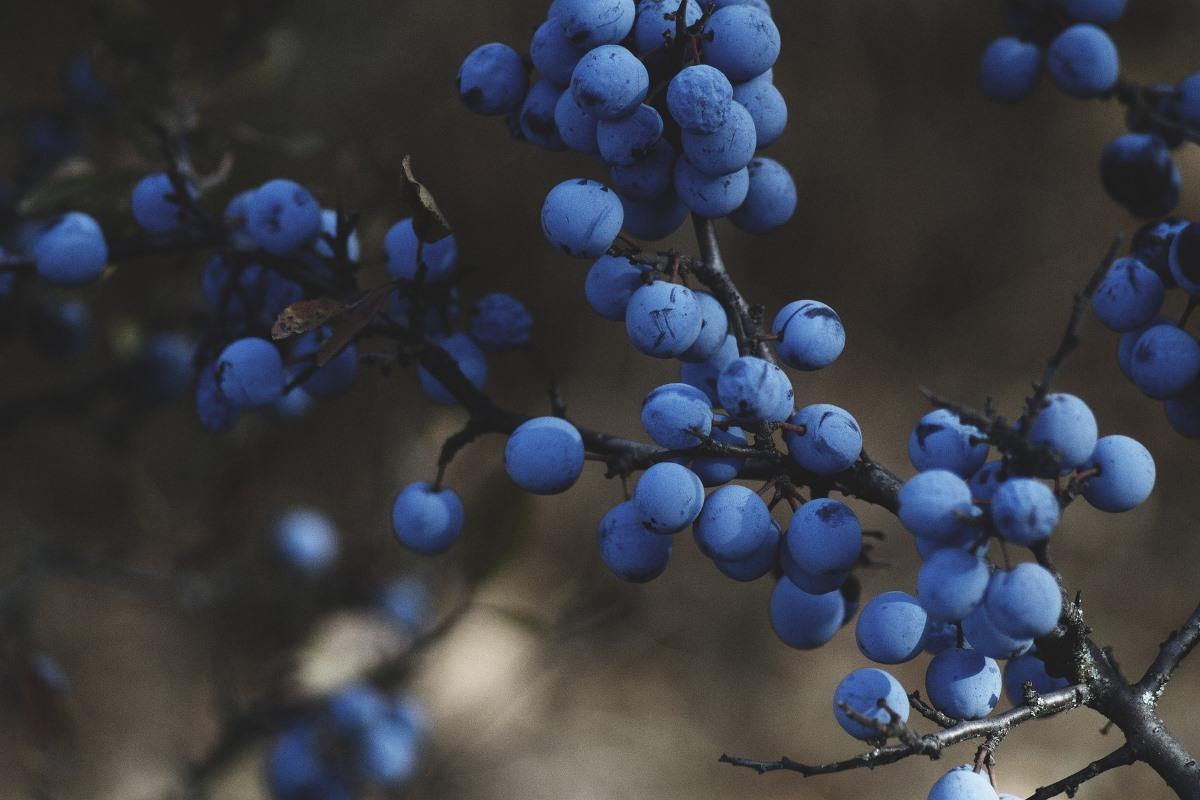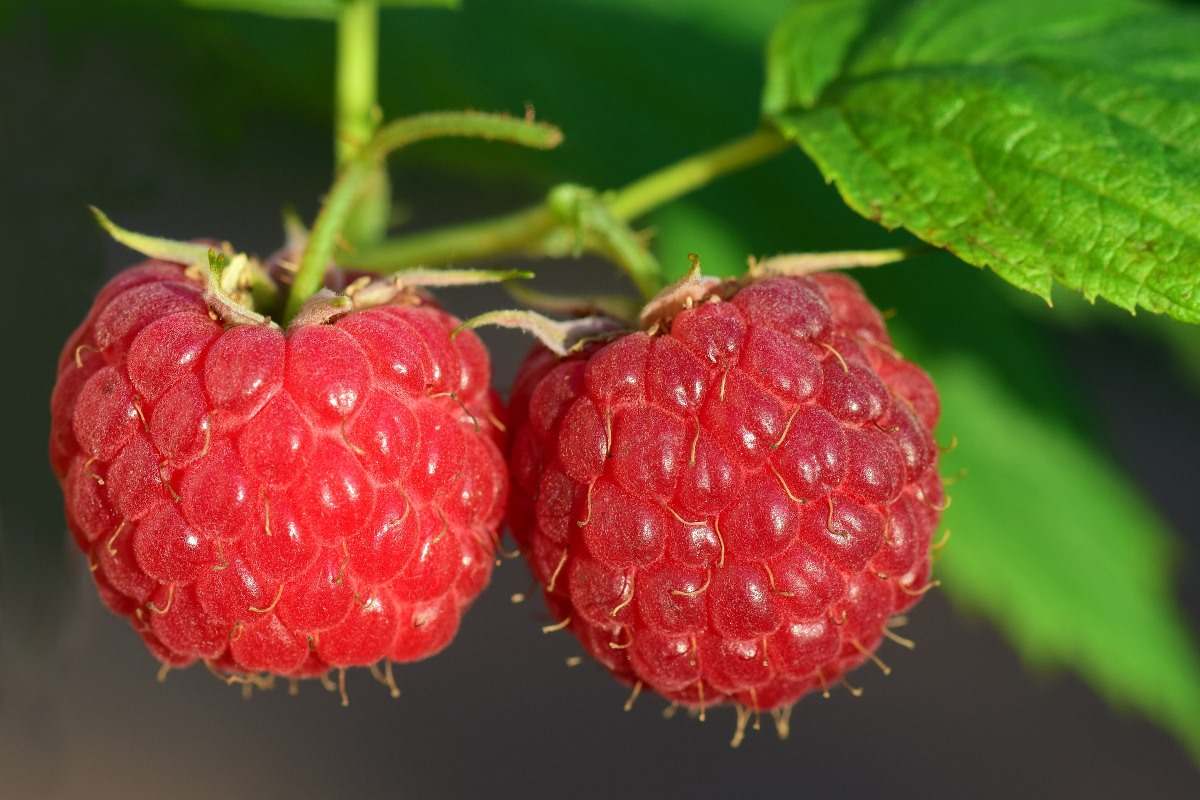Growing Fruits in Shade
Hello gardeners, today we are back with a different and very interesting topic. Are you interested in growing fruits in shade? Well, in this article, we are going to discuss fruits that grow in shade. In this article, we also discuss all the requirements and related topics about growing fruits in shade.
Introduction to Growing Fruits in Shade
Growing your fruit is both fun and very thrifty. Not only does a fruit tree in the backyard give or offer you fresh fruit to enjoy, but it can also help you to save money at the grocery store or shop. The main problem is that many fruit trees need full sun to survive and if you have a shade yard or place; it can be very difficult to find fruit-bearing plants.
Shade-filled yards and gardens are a common obstacle for homeowners nowadays. While, the major part of fruit trees may not tolerate shade growing conditions, but plenty of other fruiting plants will tolerate. Now, let us get into the details of growing fruits in shade.
A Step By Step Guide to Growing Fruits in Shade
If you have only a shade spot or place in your garden or yard in which is to grow fruit plants, then you should worry about it because many fruit-bearing bushes, including gooseberries and blackcurrants, grow and develop well in partial shade, particularly during warm and hot summers.
Advantages of Growing Fruits in the Shade
The main advantages or benefits of growing fruits in shade are listed below:
- A partially shaded fruit garden may allow for a longer growing period for cool-season plants.
- Afternoon shade protects plants from the hot and warm summer sun.
Types of Shades for Growing Fruits
- Deeply or fully shaded
Deeply or fully shaded mainly describes a garden or yard that receives no direct sun and very little sun if any reflected sunlight. A garden or yard with deep or dense shade is not a good site for growing fruit plants.
- Lightly shaded
Lightly shaded mainly describes a garden or yard that receives an hour or two hours of direct sunlight each day or is light, airy, and well illuminated by reflected or indirect light may good for a portion of the day. Reflected light may bounce into the shade garden or yard from a white fence.
- Partially shaded
Partially shaded mainly describes a garden that receives direct sunlight for nearly 2 to 6 hours and is lightly shaded or they receive dappled shade the remainder of the day. A partially shaded garden or yard may be sunny either in the morning or afternoon, but not both the rest of the day the garden is in full shade or light shade. A partially shaded garden can easily grow root plants.
Use Good Quality Soil for Growing Fruits in Shade
If you are going to challenge your shade-tolerant plants to grow in a partial shade area or place, then better to give them good-quality soil with plenty of nutritious compost when planting.
Water Requirement for Growing Fruits in Shade
The water requirement of the shade garden will be much different than a garden in full sun. Moisture will not evaporate as quickly in the shade so you will not need to water as often.
Though, if your shaded plants are near trees, you may need to water more frequently since your fruit plants will be competing with trees for moisture. Water the plants when the soil feels very dry and better to mulch to conserve moisture.
Gardening Tips and Tricks for Growing Fruits in Shade
- Many of the fruits on the list may grow on vines or brambles and this means that they will spread long. Then grow them in an area where you don’t mind taking care of or plant them in a container or pot to limit their growth.
- You need to fertilize regularly to encourage a large and best harvest.
- Some of the fruit plants may not be suitable for your living area. Research any varieties you are considering before purchasing or better go to your local nursery for better advice.
- Use very good soil with nutritious compost when growing fruits in the shade area or house.
- Since you are growing plants in the shaded area or house, water requirements may be very different than growing plants in full sun. Thus, you may not need to water fruit plants as often because moisture will not evaporate too quickly in the shade house or area.
- Check your shade house or area regularly for small pests such as slugs and snails which can survive in cool and shade areas more. You must practice good sanitation procedures to avoid these pest problems.
- You can even utilize reflective mulches to cast the light up onto plants. Reflective mulches will reduce damages to the plant that are caused by pests such as aphids.
Difference between Full Sun, Part Shade, and Full Shade
- Full sun = 6+ hours of full direct sunlight to the plant
- Part shade/part sun = 3-6 hours of full direct sunlight to the plant
- Full shade = less than 3 hours of full direct sunlight to the plant
Best Fruits That Grow in Shade
Currants, Gooseberries, and sour (or acid) Cherries are the simplest fruits to grow in shade. Instead of allowing them to make bush shapes, train them against a wall as single-stemmed cordons or as fans. Training the stems in this manner ensures the branches are well spaced so that light can reach all parts of the plant, instead of just the sides. Walls and fences also can be painted with white to reflect light onto the leaves.
You can give your fruit an extra boost by allowing a touch more room than normal – a further one to 2 feet (30 to 60 cm) between plants will reduce any risk of further shading from neighbouring plants. The soil in shade
areas is often cooler and wetter, particularly if you’ve got heavy soil, so before planting your fruit dig in many well-rotted garden compost to assist improve drainage.
Cane fruits like raspberries and blackberries also can deal with some shade. Again, the key lies in ensuring there’s much space between canes for light penetration and to avoid damp, stagnant air.
Here are some fruits that grow in shade:
- American persimmon
The life cycle of this plant is perennial. The shade tolerance of this plant is that it grows very well as an understory tree in part shade, but it will produce the most fruit with 6 hours of sunlight. The edible parts of this plant are fruits.
- Broccoli Seed Germination and Selection
- Asparagus Seed Germination and Variety Selection
- Seasonal Flower Gardening: Best Practices for Spring, Summer, Fall, and Winter
- How to Grow Hibiscus from Flower
- Plantation Ideas for Home Decoration: A Beginners Guide
- Flower Garden Designs and Layouts for Beginners
- Planting and Spacing Techniques in Papaya: A Beginner’s Guide
- Growing Gold: Essential Techniques for Planting Pineapples
- How to Make Kalanchoe Plant Bushy: Home Remedies and Solutions

Tastes like: American persimmons taste like very sweet, delicious caramel candy after they have been sweetened by frost and cold weather or climate and turned mushy-soft. Otherwise, the fruit will have a very unpleasant taste effect on your mouth. Plant your saplings in spring. On mature trees, fruit ripens and directly falls to the ground in fall.
- Black raspberries
The life cycle of this plant is perennial. The shade tolerance is you have to grow black raspberries in full sun and part shade. Our full sun plants probably will produce a bit more fruit, but not by much. The most edible parts of this plant are berries and leaves.
Tastes like a cross between a red raspberry and a blackberry, but with unique notes, it is truly very delicious. Grow starts in spring. . Second-year canes will produce fruit. New canes emerge in spring, and three-year-old canes die and will be removed. Canes get tall, topple over, and set new roots where they touch the bottom, spreading rapidly.
- Blueberries
The life cycle of this plant is perennial. Shade tolerance is some of these varieties of wild, native blueberries with very small fruit that we forage only grow in part to full shade. Domesticated high bush and low bush blueberry varieties will tolerate a part of the shade, even if they don’t produce as much fruit as plants grown in full sun.
The edible parts of this plant are berries and leaves (for tea). It tastes like summer and happiness.
When to grow: Put your young plants in the ground in the spring or fall.
In case if you miss this: Growing Organic Lettuce At Home.

- Currants and Gooseberries
We are just on the main range of being able to successfully grow currants and gooseberries since it’s too hot where we live to grow them very well. However, we had moderate success in growing currants and gooseberries in spots or places that get morning sun and shade from about noon on.
The life cycle of this plant is perennial. Shade tolerance of this plant is part of the shade. The edible parts of this fruit are berries/fruit. It tastes like currants and gooseberries but tastes different from one another but offers tangy, sweet, very delicious fruit.
When to grow: plant your saplings in spring and harvest berries from mature plants in summer.
- Elderberries
The life cycle of this plant is perennial. Shade tolerance of this plant is that tolerates part shade but will not produce as much fruit as elderberry plants grown in full sun. The edible parts of this plant are flowers and ripe fruit (you should not eat any other part of the plant)
Tastes like: Elderberry flowers are a delicacy and mainly used as flavouring in food and beverages. Raw elderberries will not taste very good – like bland blackberries. However, when cooked the flavour of ripe elderberries transforms into an honest blueberry-blackberry-red wine flavour.
When to grow: Put elderberry starts within the ground in spring. You need to harvest flowers in late spring and fruit in early-mid-summer. Elderberry plants grow vigorously from spring until dormancy initially freezes.
- Pawpaw’s
The life cycle of this plant is perennial. Shade tolerance of this plant is Pawpaw’s survive as an understory tree for the first 3-5 years of their life. We have pawpaw’s growing during a full shade that produces fruit, but their yields are less than our full-sun pawpaw trees.
The edible parts of this plant are ripe fruit (pawpaw’s are the most important fruit native to North America, about the dimensions of small mangos)
Tastes like: Pawpaw fruit are delicious, with the flavour of mango-banana custard.
When to grow: Plant your pawpaw saplings in spring or fall. Flowers will emerge in late winter-early spring, leaves slightly later; drop leaves in fall. Fruits will able to harvest in late-August – September.
- Red raspberries and yellow raspberries

The life cycle of this plant is perennial.
Shade tolerance of this plant is we accidentally discovered that red and yellow raspberries still produce a quiet little bit of fruit when grown partially shade, although they are doing produce more full sun. (We have very large patches of both red and yellow raspberries that became shaded by maturing fruit trees.)
The edible parts of this plant are berries and leaves (for tea).
Tastes like: Raspberry berries are tangy, very sweet, and even delicious. Raspberry leaves have a subtle berry-like flavour when you made into tea also.
When to grow: Grow from starts in spring. Second-year canes produce fruit. New canes emerge in spring, and three-year-old canes die and will be removed. Plants also spread aggressively via underground runners.
- Serviceberry
The life cycle of this plant is perennial.
The shade tolerance of this plant is that they will grow very well in part shade but produces very little fruit.
The edible parts of this plant are berries.
It tastes like a combination of peaches and almonds –they are their relatives.
When to grow: Transplant your serviceberry saplings in spring after the last frost. Pay attention to the varieties you get to plant. Serviceberries reach up to 15 inches tall and other dwarf varieties that only get to be about 3-4 inches tall. Serviceberry fruit ripens in very early summer around the same time as blueberries.
- Schisandra
The life cycle of this plant is perennial. Shade tolerance of this plant is a part shade or even bright full shade spots. The edible parts of the plant are berries.
Tastes like: Schisandra berries will offer hints of all five flavours like bitter, salty, sour, spicy, and sweet. That is very unique.
When to grow: Put your Schisandra plants in the ground in the spring after the last frost. Our Schisandra plant is dormant throughout the cold or cool months and climbs very vigorously up our north-facing back porch in the warm or hot months.
- “Wild” strawberries (various species)
The life cycle of this plant is short-lived perennials, but most varieties or types produce runners that grow new plants.
Shade tolerance of this plant is that grow very well in part shade, especially when they get morning sun and shade in the late afternoon.
The edible parts of this plant are berries and leaves (for tea)
When to grow: Grow your plant from starts or seeds, and then transplant them in early spring. Your plants may die down but keep some leaves throughout the winter then it grows prolifically from spring through the first freeze.
Pests and Diseases in Growing Fruits in Shade
In any garden, the main key to successful pest and disease management is to pay close attention to your fruit plants and you need to deal with problems right away. This is very important in shade gardens or yards, where some common disease problems can be exacerbated by the low light levels and even pests such as slugs and snails will survive in damp, shad conditions.
Check your fruit garden daily for the first signs of pests and diseases. Chewed fruit plant leaves are most likely from slugs and snails. Better to handpick these pests whenever you see them. Also, reflective mulch brightening your garden will do double duty as a pest deterrent and therefore the reflective surface will confuse many pests, and they’ll tend to avoid the world.
That’s all folks about growing fruits in shade conditions.